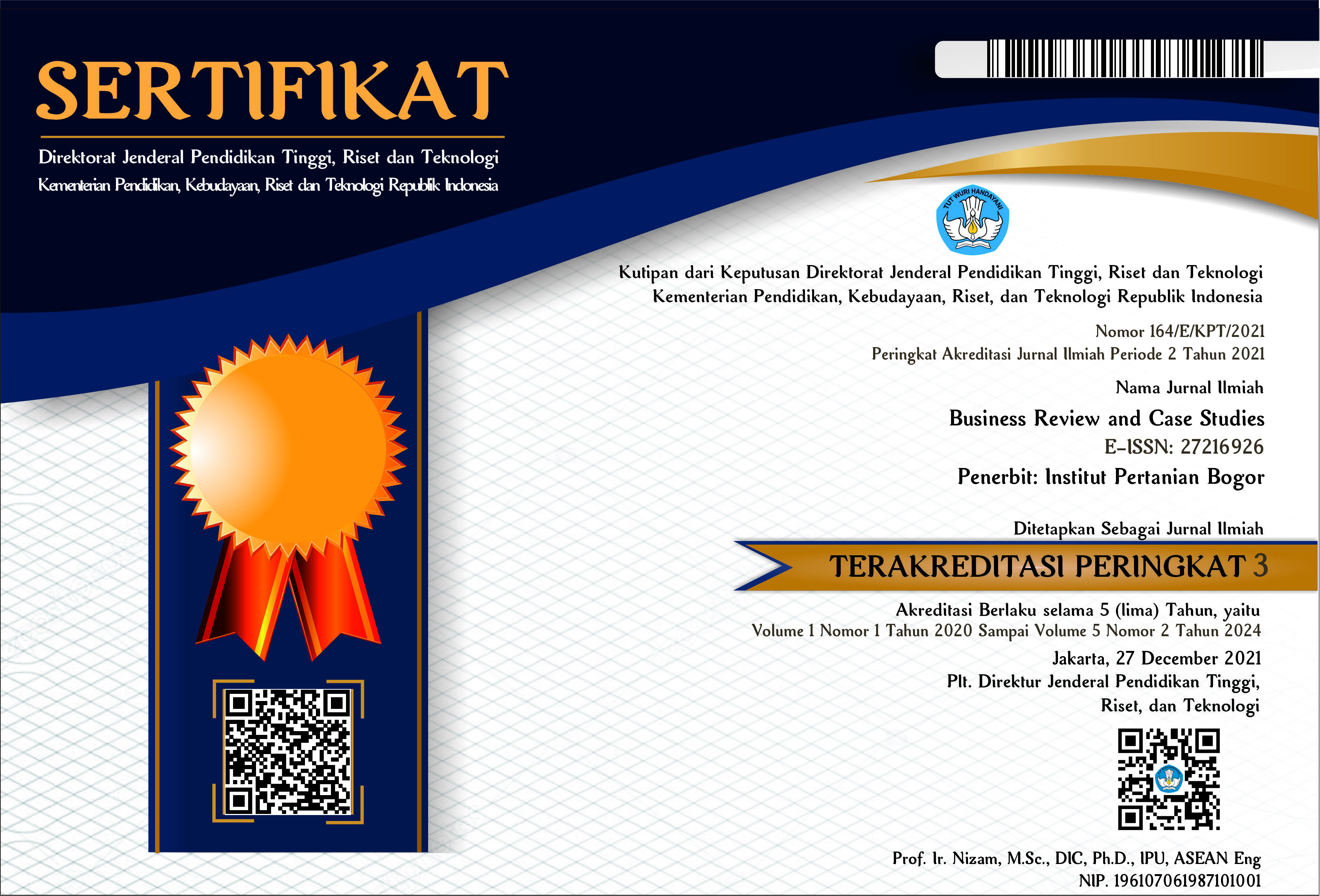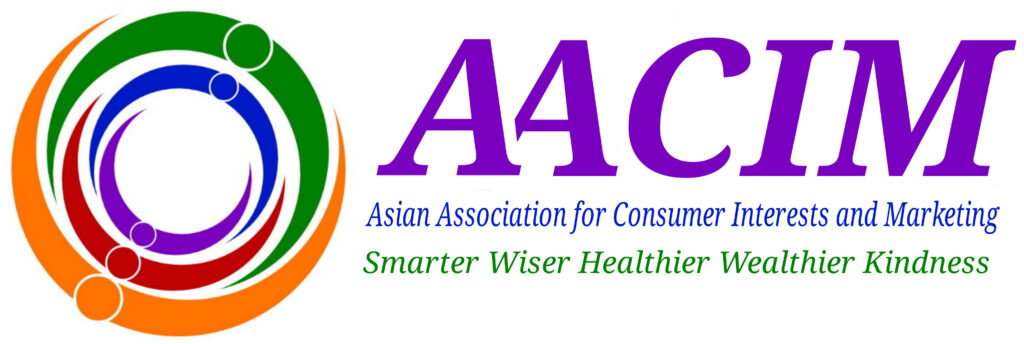Strategic Business Development For Honey Bee Farming in KTH Sadar Tani Muda Forest Farmers Group
Abstract
Background: The development of the honey bee business in the Forest Farmer Group (KTH) Sadar Tani Muda has great potential to improve farmer welfare and support environmental sustainability. However, challenges in business management, limited capital, and limited market access are the main obstacles to developing this business. Therefore, an appropriate strategy is needed to optimize the potential of the honey bee business so that it can develop sustainably and be competitive in the market.
Purpose: This study aims to identify internal and external factors that play a role in the development of honey bee businesses at KTH Sadar Tani Muda, as well as to formulate strategies for developing honey bee businesses at KTH Sadar Tani Muda.
Methodology: This study uses a descriptive method with qualitative and quantitative approaches. The number of respondents was 9 people, consisting of 6 internal respondents and 3 external respondents. The analysis techniques used are SWOT (Strengths, Weaknesses, Opportunities, and Threats) analysis, Internal Factor Analysis Summary (IFAS) matrix and External Factor Analysis Summary (EFAS) matrix to measure internal and external factors that influence the development of honey bee businesses, and the QSPM matrix.
Finding: This study found that the honey bee business in KTH Sadar Tani Muda has great potential in improving farmer welfare and supporting environmental sustainability. The main strength factors in the development of this business are the availability of supporting natural resources, high market demand for natural honey, and an organizational culture based on mutual cooperation and innovation. KTH Sadar Tani Muda has also implemented digital marketing and has a fairly extensive partnership network. This study also identified several major challenges faced, such as limited capital, low managerial skills of farmers, and limited market access. From the external side, great opportunities come from the trend of natural product consumption and government support for social forestry, while the main threats come from market competition with imported honey, fluctuations in honey prices, and climate change that can affect honeybee productivity.
Conclusion: The development of honey bee business in KTH Sadar Tani Muda can be improved by implementing strategies based on internal advantages and utilizing external opportunities. Support from various parties, innovation in business management, and the use of digital marketing technology are key factors in increasing the competitiveness and sustainability of this business.
Originality/Value (State of The Art): This study is the first study to use SWOT analysis and the IFAS-EFAS Matrix in formulating a honey bee business development strategy at KTH Sadar Tani Muda, with a focus on strengthening farmer capacity and optimizing digital-based marketing to increase product competitiveness in the market.
Keywords: strategic business development, honey bee farming, SWOT analysis, forest farmers group







.jpg)






